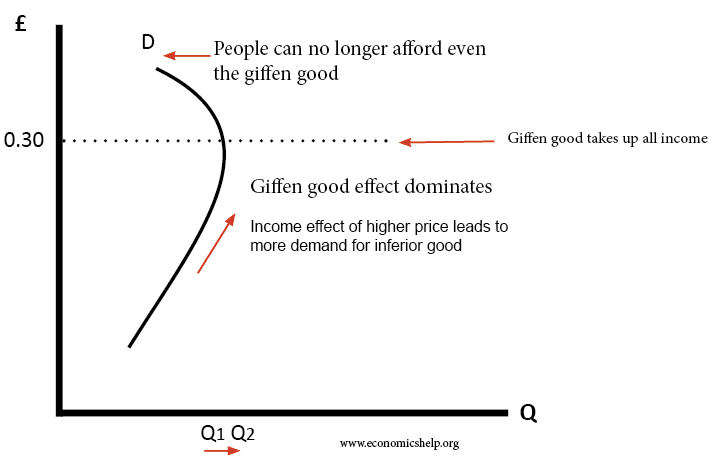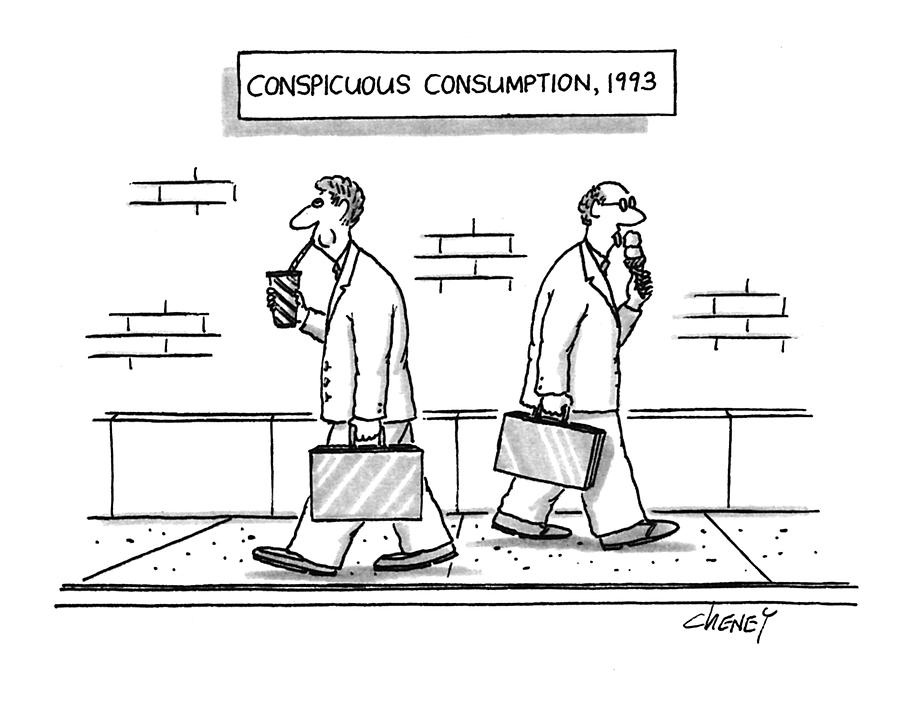Veblen and Giffen Goods
Both Veblen and Giffen goods are special cases of goods that are exceptions to the Law of Demand. They don’t like normal goods, which are goods that we purchase more of when our income increases.
Veblen Goods
The idea of a Veblen good was first introduced in Thorstein Veblen’s The Theory of the Leisure Class (1899), in which he coined the phrase “conspicuous consumption.” It’s the purchasing of luxury goods publicly display the economic power of the buyer – the income or accumulated wealth of the buyer. Veblen goods are goods that are conspicuously consumed, that is, as price increases, the quantity demanded also increases. Today, an obvious example of conspicuous consumption is the purchasing of very high-end smartphones, as the WSJ notes.

Giffen Goods
The existence of Giffen goods were first described by Sir Robert Giffen in Alfred Marshall’s Principles of Economics (1890). He first proposed the paradox after observing the spending habits of the Victorian poor during the Irish potato famine. Typically, price and quantity are inversely proportional; Giffen goods are a exception to this general rule. Unlike other goods or services, the equillibrium price point results in higher prices and greater demand whenever market forces recognize a change in supply and demand for Giffen goods.

An example is of inferior quality staple foods, whose demand is driven by poverty that makes their purchasers unable to afford superior foodstuffs. As the price of the cheap staple rises, they can no longer afford to supplement their diet with better foods, and must consume more of the staple food.

